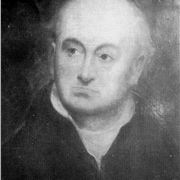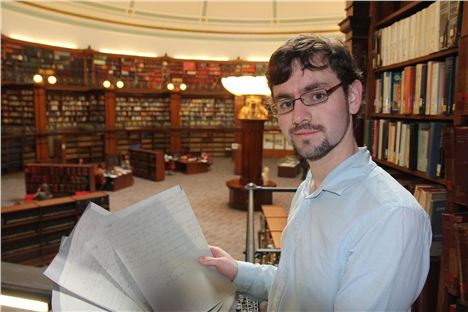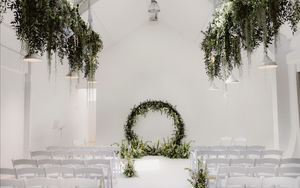A RARE insight into the life of one of Liverpool's greatest eccentrics has been discovered in a letter written 185 years ago.
The only known surviving correspondence by Joseph Williamson, the Mole of Edge Hill, has been unearthed at the Liverpool Records Office.
Written on Christmas Day, 1828, it was sent to the daughter of William Roscoe and shows a new side to the eccentric who was responsible for the warren of tunnels which run under Edge Hill.
Williamson, who died in 1840, had tunnels built for no apparent reason other than to give work to the returning soldiers from the Napoleonic Wars.
Local historian and Blue Badge Tour Guide Richard MacDonald made the discovery in the Central Library archive after many years of trawling through documents in record offices across the country.
 Joseph Williamson“I was looking through files connected to William Roscoe when it just fell out," says Richard. “It's amazing that over 10 years since the opening of the Williamson Tunnels Heritage Centre we're still finding new things about Williamson,” he added.
Joseph Williamson“I was looking through files connected to William Roscoe when it just fell out," says Richard. “It's amazing that over 10 years since the opening of the Williamson Tunnels Heritage Centre we're still finding new things about Williamson,” he added.
Most stories about Joseph Williamson paint him as a larger than life character, a bit of a caricature, but this letter shows a more sombre, thoughtful side of his personality, he says.
The letter thanks Mary Ann Jevons (nee Roscoe) for the poems and epitaphs she wrote for Williamson's brother-in law-who had died three years earlier.
"The letter is a fascinating piece of a jigsaw," said Richard, "we've known from his obituary that Williamson was praised for his letters being 'pithy and well written' but we assumed that they had all been lost. This is the only known letter written by Joseph Williamson to survive."
In the letter he thanks the writer, calling her “fair fame'd generous poetess”.
The researcher went on to say: "Williamson was renowned for his unusual dress sense, wearing battered old clothes and workman's boots and often gave the impression of roughness. What we see in these letters is someone who writes very elegantly and poetically – someone who is clearly very refined."
Indeed appearances aren't everything: Author Robert Stonehouse in his book, Recollections of Liverpool, 1863, describes Williamson's attire: "His clothes were patched and untidy but his underclothes were clean and fine."
Richard added: "We can only imagine but perhaps Williamson was feeling lonely on this Christmas day, by this time his wife had died and he never re-married."
Or was he? Other accounts say Williamson's relationship with his wife, Elizabeth Tate, was not always amicable and he admitted that they led a "cat and dog"life.
On one occasion Williamson set free all the birds in his wife's aviary, declaring that it was a pity that men did not also have wings to enable them to enjoy liberty.
Nevertheless they are now reunited on paper. A copy of Williamson's letter has gone on display with another series penned by Elizabeth
Written between 1797-1798, they show the life of the daughter of a wealthy tobacco merchant family.
When he first came to Liverpool Williamson became the live-in apprentice for the Tate family.
'Think of Jane Austen character and you're on the money' says Richard. 'She speaks of playing the harp, singing Italian songs she even says that she doesn't think she'd get married as her social engagements are too numerous – moreso than agreeable!'. She's living a life of fashionable parties and balls.
'They give you a real flavour of high Liverpool society at the time'.
*Rare letters display, Williamson Tunnels Heritage Centre, Smithdown Lane open 10:00 am - 4:00 pm. For more information see: www.williamsontunnels.co.uk 0151 709 6868.















